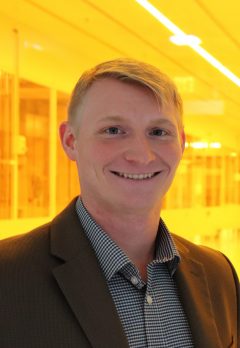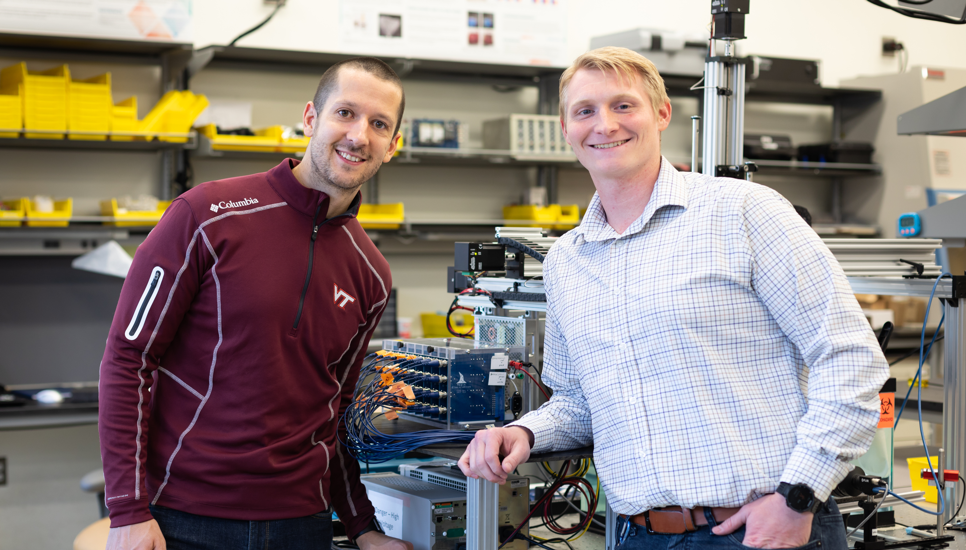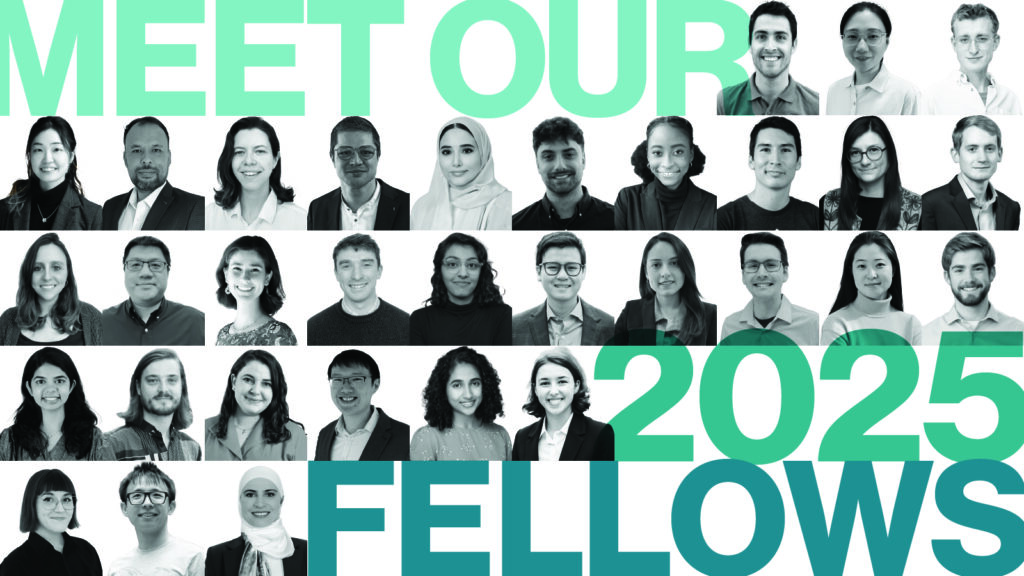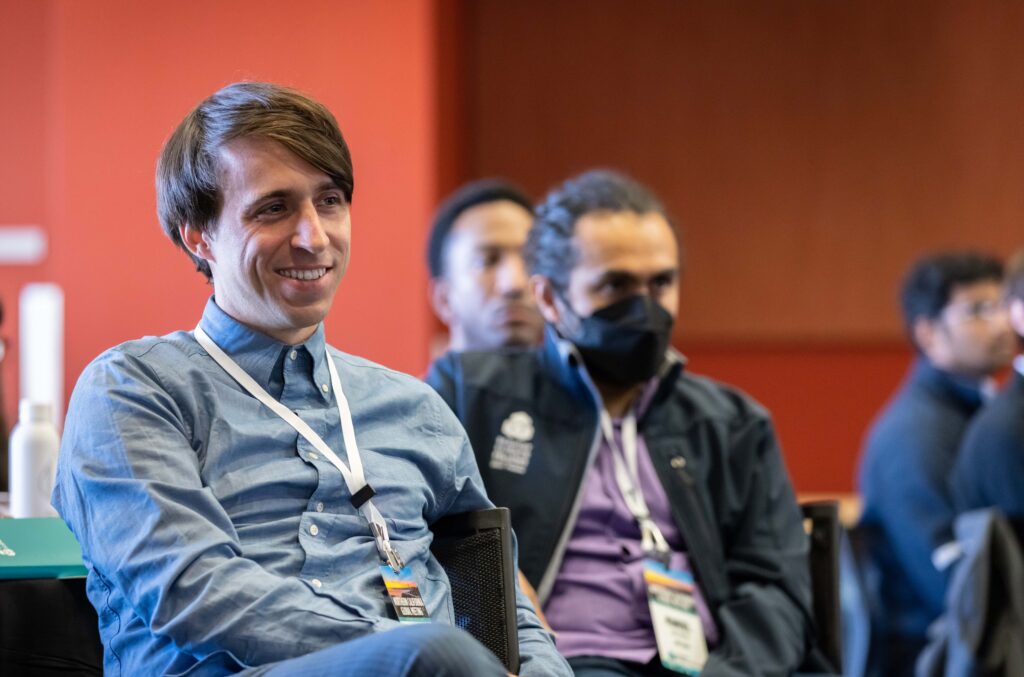
The brisk air outside was immediately contrasted by the hot coffee and warm welcome. I was meeting a friend of a friend, but it wasn’t initially clear to me why the connection had been established. As an engineer who spent much of the previous few years in a clean room, I wasn’t sure why my long-time friend wanted me to talk about my work with a soon to be graduate who specialized in economics.
Once we started breaking down what we really did behind the titles on our diplomas, I realized we were working on the same problem. She was developing and applying new financial models to address problems facing the environment, while my work with the non-profit Conservation X Labs has focused on the development and application of new technologies to address problems facing environmental conservation.
I was incredibly impressed by the ideas she described and solutions she was working on. I thought they were truly innovative – a word that had been previously reserved for only scientific and technological developments in my mind. Later that day, I reflected with a mentor about how naïve I was to think that other fields and disciplines weren’t innovating and advancing at the same rate my field was. His response is still vivid in my memory “they do teach all of that in grad school, just not your grad school”.
Throughout my PhD and in my current lab, I have been surrounded with experts in very narrow subsets. This sort of specialization is necessary to advance technology and our understanding of the universe. Modern civilization exists because our predecessors were able to specialize in this way. However, these specialties have become increasingly narrow and each one has formed its own identity, culture, and even language. For a long time, I’ve believed that scientists and engineers (myself included) need to get better at communicating with each other and the public. I often joke that a whole field (science communication) has arisen because we are so bad at communicating our work to others!
Through my conversation with this young economist and my experiences as a Schmidt Science Fellow, I’ve realized that the same communication barriers also exist in other disciplines – economics, policy, art, and countless other fields and their subsets all have significant innovations and face challenges that non-experts are poorly able to appreciate. During the Schmidt Science Fellows Global Meeting Series in Cambridge, MA., we had a session about Santiago Ramón y Cajal, the father of neuroscience, who used his drawings of nerve cells to advance his field of study.
Although we’ve now specialized to the point that science and art are completely different fields, science still needs innovations in art to advance and vice versa. Both science and art need sound economic models and sensible policies to continue advancing, and advances in science and art create new challenges and opportunities for economists and policymakers.
We are now facing a critical time, we are increasingly divided by our specialties, ideologies, and the communication barriers that have arisen in between. Meanwhile, our planet is experiencing a mass extinction, the sixth mass extinction in its history, but the first caused by a single species – us. We have pushed our planet to the brink, changing its climate and wreaking havoc on countless ecosystems, many irreversibly so. I still believe that we can reverse this course.
We have recently seen uplifting developments in renewable energy technologies and a few hopeful messages from some governments with new climate-focused policies. But there are still many significant challenges before us, challenges that won’t be met by a single specialty or single field. Meeting these challenges will require innovations in many different fields working together – policies and technologies that complement each other and address economic drivers. These challenges can only be met if we are able to communicate across our specialties and partner outside of our institutions. Partnerships between academia, industry, non-profit, and government sectors are essential to addressing the most critical problems of our time.
My experiences as a Schmidt Science Fellow continue to reinforce the importance of partnerships, and it is clear to me that multidisciplinary and inter-institutional partnerships are at the heart of this program. I know the insights and networks I’m building will help me forge my own partnerships throughout my career.
However, forming these partnerships and collaborations won’t be easy, it requires communicating across many barriers and building trust. I was very fortunate that my trusted friend, who actually has a completely different expertise in cybersecurity and information technology, was able to communicate effectively enough with both me and my new economist friend to see that we were trying to solve the same problems. I hope she got as much out of that conversation as I did, because I’m sure I will be working with her someday.
For me to be successful and make a real impact on the problems before me, I need people like her who have their own specialties and understand so much that I do not. This means I have to effectively communicate with them. I have to ask questions and not be afraid to look foolish. I have to describe what I do and why it’s important in terms that anyone can understand.
All opinions expressed in this article are those of the author.



